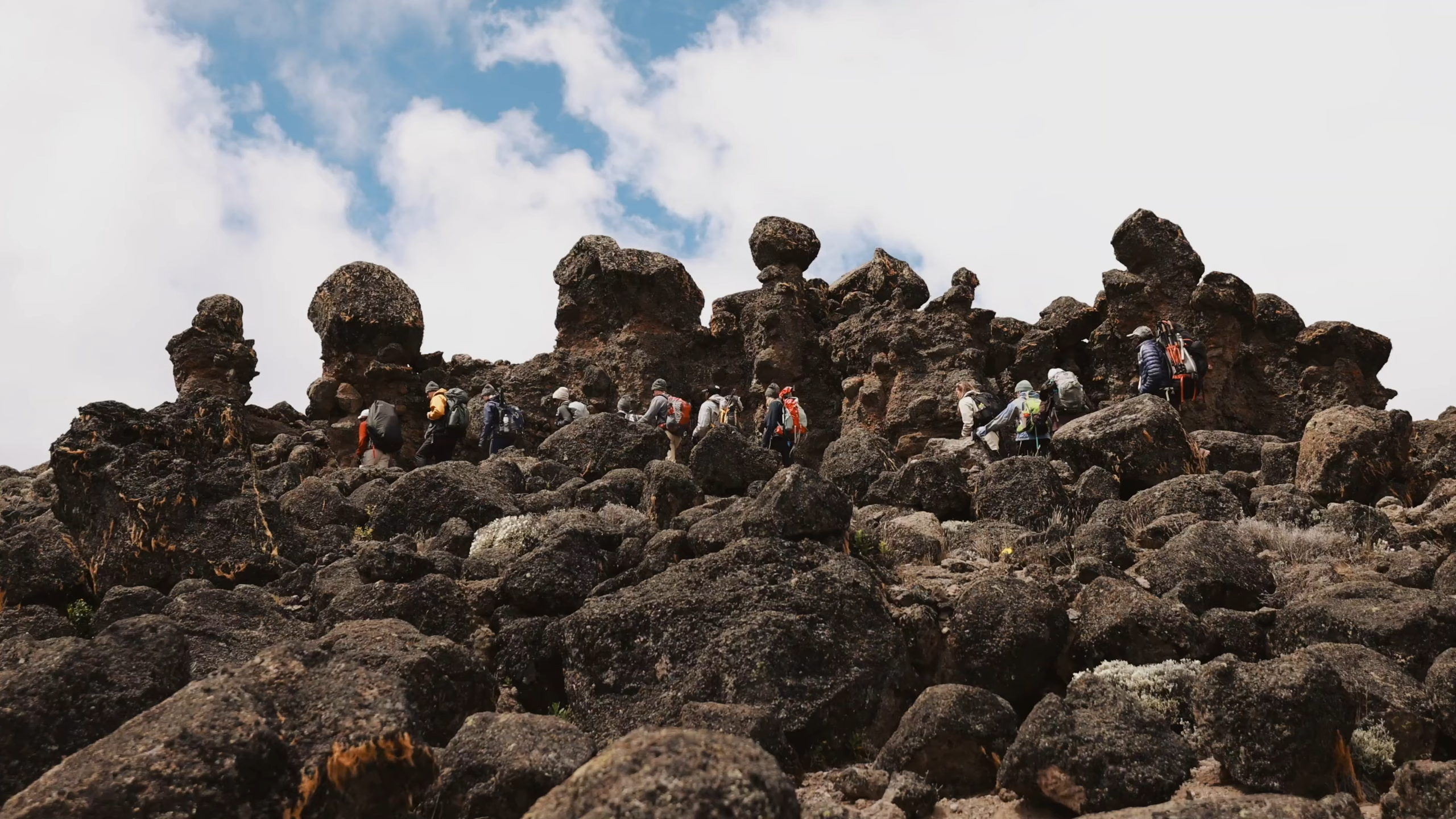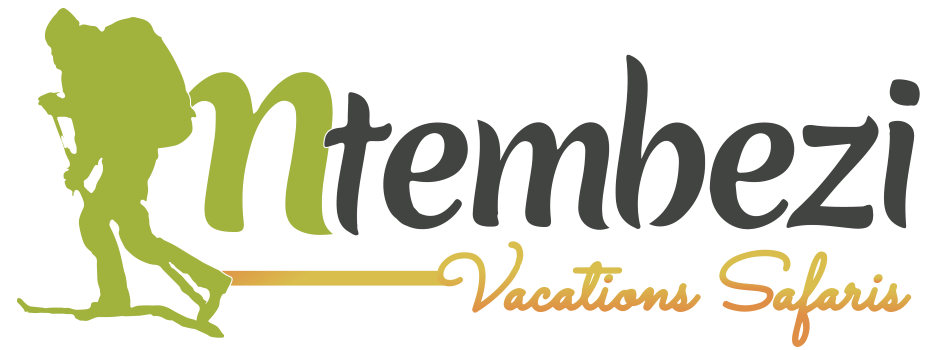Kilimanjaro Safety Tips: All You Need To Know To the Summit
Mount Kilimanjaro, standing at 19,341 feet, is the tallest peak in Africa and one of the famed Seven Summits. Although non-technical, the climb presents significant risks due to the extreme altitude and remote location. Following Safety tips is paramount on Kilimanjaro, and our team takes every possible measure to ensure your successful and secure ascent.
Key Safety Factors on Kilimanjaro
- Altitude Sickness & Complications
Kilimanjaro’s summit is at an extreme altitude, making acclimatization a key challenge for climbers. It’s estimated that thousands of climbers are affected by altitude sickness yearly, and around 1,000 are evacuated from the mountain. Unfortunately, fatalities occur when altitude sickness is not properly managed. Mild symptoms include headaches, nausea, and fatigue, while more severe symptoms can escalate to Acute Mountain Sickness (AMS), which requires immediate action. - Remote Environment
Climbing Kilimanjaro means trekking in a remote, rugged environment. Evacuation and emergency services are not instantly available like in more accessible locations. This means every climber must be well-prepared, with experienced guides and emergency measures in place to minimize risk. - Guide Expertise & Emergency Preparedness
Our guides are highly trained, undergoing Wilderness First Responder certification to detect early signs of altitude sickness and manage medical issues in remote environments. They also attend advanced training programs by the Sentinel Outdoor Institute, a leading organization in high-altitude medical training. Our 1:2 guide-to-climber ratio allows for closer monitoring, ensuring each climber receives individualized attention. - Proper Equipment for Emergencies
Each climb has emergency oxygen, a full medical kit, and portable stretchers. While oxygen can help alleviate AMS symptoms, the only cure is immediate descent. In case of serious injury or illness, we utilize helicopter evacuation services from Moshi when weather permits. If helicopter evacuation isn’t possible, we’ll use stretchers provided by the National Park for manual descent.

Safety Measures and Daily Monitoring
Daily Health Checks
Every day, you’ll undergo a thorough health assessment with your guide, including a check using a pulse oximeter to measure oxygen levels and pulse rate. We use the Lake Louise Scoring System to evaluate altitude sickness symptoms, ensuring early detection and response. Open communication is crucial—if you feel unwell, notify your guide immediately. Monitoring your hydration, appetite, and energy levels helps prevent minor issues from becoming emergencies.
Comprehensive Medical Kit
Our medical kits include equipment to treat minor injuries and bottled oxygen for emergencies. While oxygen is only a temporary relief for altitude sickness, it allows time for a safe descent. Portable stretchers are always on hand in case a climber is unable to descend on foot due to injury or illness.
Helicopter Evacuation
In a severe emergency, we have access to helicopter evacuation services. Helicopters can reach designated landing zones to quickly transport patients to a hospital. However, helicopter landings might be impossible in bad weather conditions and require manual evacuation.
Essential Guidelines for Kilimanjaro Climbers
- Be Transparent with Your Symptoms
If you experience a headache, dizziness, loss of appetite, or nausea, notify your guide immediately. Mild cases of altitude sickness can be managed without needing to leave the mountain, but ignoring symptoms can be dangerous. - Follow Your Guide’s Instructions
Your guide has years of experience handling altitude-related complications. Trust their expertise, especially if they recommend rest or descent. Don’t push yourself to reach the summit at the expense of your health. - Monitor Fellow Climbers
It’s vital to watch out for the well-being of your team. Let your guide know if a fellow climber is struggling, displaying erratic behaviour, or looks ill. Early intervention can make all the difference.
Equipment and Gear for a Safe Trek
Kilimanjaro takes you through five different climate zones, ranging from warm lowlands to freezing at the summit. Without the right gear, you’re vulnerable to injury and illness.
- Tents and Sleeping Gear: Our rugged, weather-resistant tents ensure you stay dry in unpredictable mountain conditions.
- Clothing & Footwear: Proper layers are crucial, and high-quality boots are essential to prevent injury on the rocky trails.
- Rain & Sun Protection: Stay dry and protect yourself from harsh UV rays to avoid hypothermia or sunstroke.
- Sanitary Conditions: We provide private toilet tents to maintain hygiene and minimize exposure to unsanitary public facilities.
Physical Preparation for Kilimanjaro
Your safety begins long before you set foot on Kilimanjaro.
- Medical Clearance: Visit your doctor to confirm your fitness for high-altitude trekking, especially if you have pre-existing conditions. Discuss using Diamox for altitude acclimatization.
- Fitness Regimen: You don’t need technical mountaineering skills, but you do need endurance. Start a fitness routine well in advance to ensure you’re prepared for the long, strenuous hikes.
- Vaccinations & Travel Insurance: Make sure you have the recommended vaccinations and comprehensive travel insurance covering medical evacuation.
Final Thoughts on Kilimanjaro Safety Tips
Safety on Kilimanjaro isn’t just about having the right gear or an experienced guide; it’s about thorough preparation, constant monitoring, and quick responses to potential issues. You significantly reduce your risks by choosing a responsible operator like us, equipped with well-trained guides, the right emergency gear, and proper safety protocols. Remember, your summit success depends on listening to your body, trusting your guide, and taking all precautions.
For Solo Climbers;



